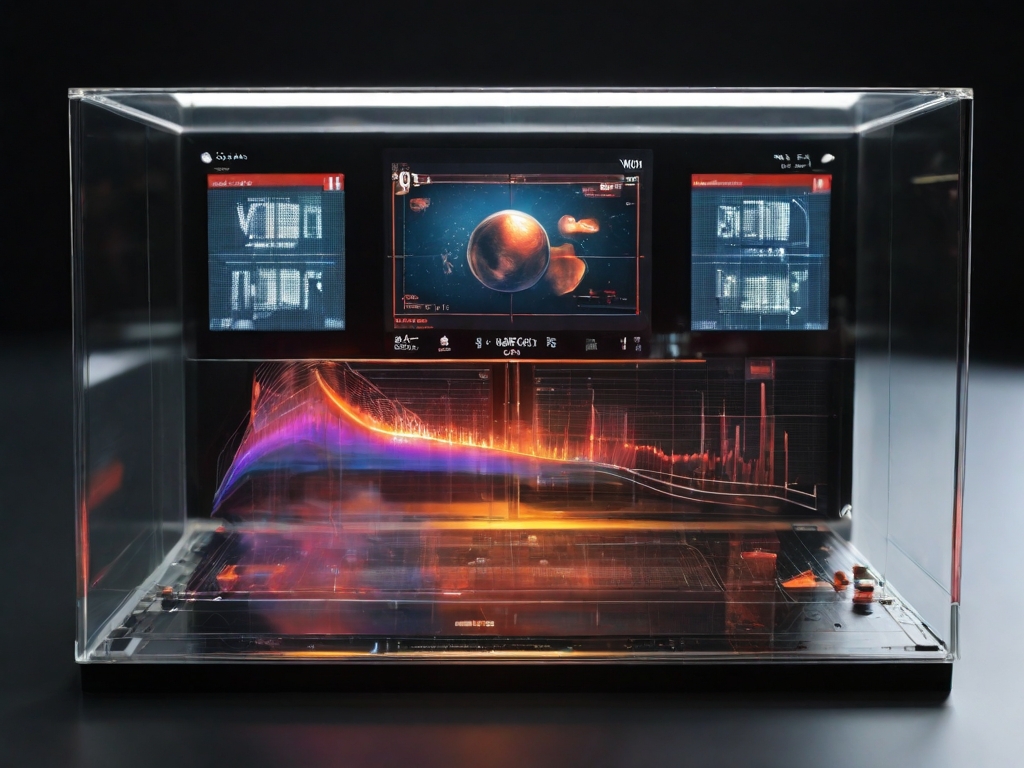Researchers at Linköping University, Sweden, have developed a digital display screen where the LEDs themselves react to touch, light, fingerprints and the user’s pulse, among other things. Their results, published in Nature Electronics, could be the start of a whole new generation of displays for phones, computers and tablets.
“We’ve now shown that our design principle works. Our results show that there is great potential for a new generation of digital displays where new advanced features can be created. From now on, it’s about improving the technology into a commercially viable product,” says Feng Gao, professor in optoelectronics at Linköping University (LiU).
Digital displays have become a cornerstone of almost all personal electronics. However, the most modern LCD and OLED screens on the market can only display information. To become a multi-function display that detects touch, fingerprints or changing lighting conditions, a variety of sensors are required that are layered on top of or around the display.
Researchers at LiU have now developed a completely new type of display where all sensor functions are also found in the display’s LEDs without the need of any additional sensors.
The LEDs are made of a crystalline material called perovskite. Its excellent ability of light absorption and emission is the key that enables the newly developed screen.
https://www.sciencedaily.com/releases/2024/04/240410112709.htm

